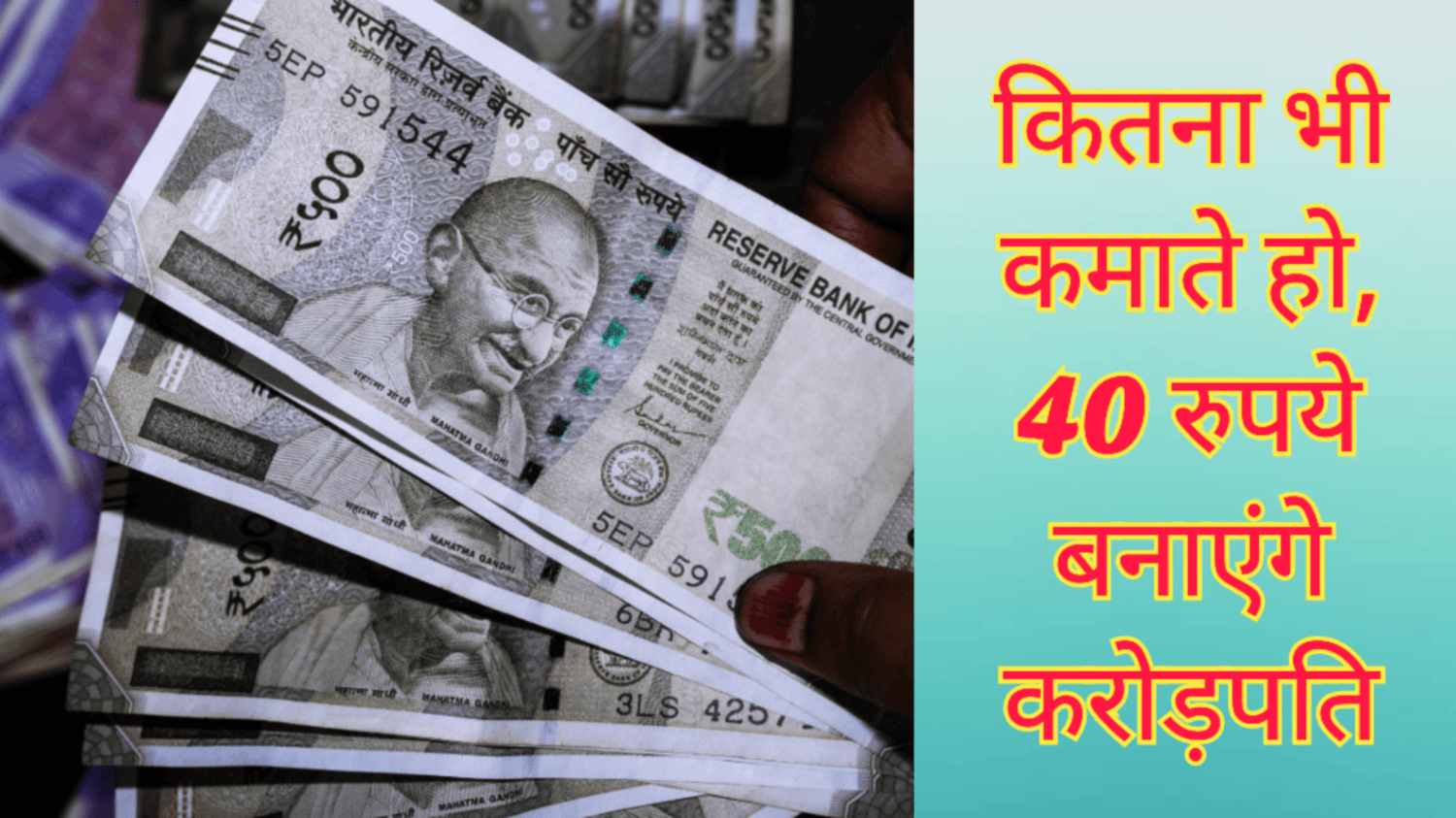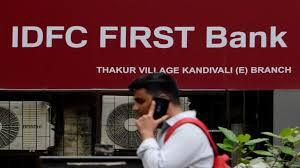The Federal Reserve has once again decided to keep its benchmark interest rate constant at a 23-year high, keeping the sixth consecutive meeting with no change. This judgment affects different financial factors for investors, homebuyers, and those having significant credit card debt, as the Fed’s overnight lending rate impacts rates on consumer financial products like credit cards, bank loans, and mortgages.
While this may not be the best news for some investors those with savings can still benefit. With no rate cuts expected until summer, you have more time to take benefit of inflation-beating interest rates, helping your savings grow for troubles, holidays, down payments, or other plans.
However, if your funds are sitting in a standard checking or savings account, you’re skipping out on better options. Traditional accounts offer very low returns, but there are higher-yielding, low-risk options still available. “But possibly not for much longer,” warns Ted Rossman, senior analyst at Bankrate. “If one of those fits into your economic goals, it’s best to act soon.”
If you want to invest your money Consider these options.
High-Yield Online Savings Accounts
The average annual percentage yield (APY) for bank savings accounts is just 0.52% as of March 13, according to Bankrate, with major brick-and-mortar banks like JPMorgan Chase and Bank of America offering a mere 0.01%. In contrast, FDIC-insured online banks are offering rates between 4.35% and 5.35% on high-yield savings accounts. These accounts are perfect for emergency funds due to their fast and straightforward access.
Choosing an account with a 5.35% return over one with 0.52% can mean a significant difference. For example, a $10,000 savings account can earn $496 more in interest over a year with monthly compounding, according to Rossman. Although rates on high-yield savings accounts have reduced slightly, overall cuts are unlikely until the first Fed rate cut is near, says Ken Tumin, founder of DepositAccounts.com. You need to update with your monthly statements, as rates can change without notification.
Certificates of Deposit (CDs)
CDs are another high-return, low-risk buy suitable for funds that you won’t need instantly. Through brokerages like Schwab, ETrade, or Fidelity, you can find the best CD rates from numerous FDIC-insured banks without putting up individual accounts. As of March 13, one-year CDs averaged 1.95%, with some offering up to 5.4%.
For example, a one-year CD at 5.4% can yield $540 on a $10,000 investment. CD rates vary, and longer terms often offer better returns. Starting a CD ladder—investing in CDs with different terms—can deliver a mix of returns and accessibility. Be careful with automated renewals at lower rates, specifically with big banks.
Money Market Accounts and Funds
Your bank might offer money market deposit accounts with higher profits than traditional accounts, though they usually have higher lowest deposits. These accounts are more runny than CDs or Treasury bills, delivering immediate access to funds. However, don’t mistake them for money market mutual funds, which invest in short-term, low-risk debt instruments and are not FDIC-insured. Money market funds averaged a 7-day yield of 5.14% as of March 19, according to the Crane Money Fund Index.
Treasury Bills and Notes
Treasury bills and notes are financed by the U.S. government and are good choices for money you can set aside for several months to a few years. As of March 20, three- and six-month Treasury bills had returns of 5.39% and 5.33%, respectively. If handling investments is not your thing, think about buying through a brokerage or investing in a short-term bond index fund or ETF. For medium-term needs, a diversified fund of highly-rated government and corporate bonds is advisable.
Don’t Chase Yield
When selecting accounts and investments, it may be beneficial to consult a fee-only fiduciary advisor who doesn’t earn a commission on specific yields. It’s important to keep flexibility to access capital fast if needed. Balancing returns with the comfort of access and avoiding penalties is essential. As Doug Ornstein from TIAA Wealth Management suggests, the difference between a 5.1% and 5% yield is often minor compared to the comfort of easy access to funds.
Finally, comfort can overpower marginally higher returns, providing you have the flexibility to meet unpredictable needs without notable disadvantages.




